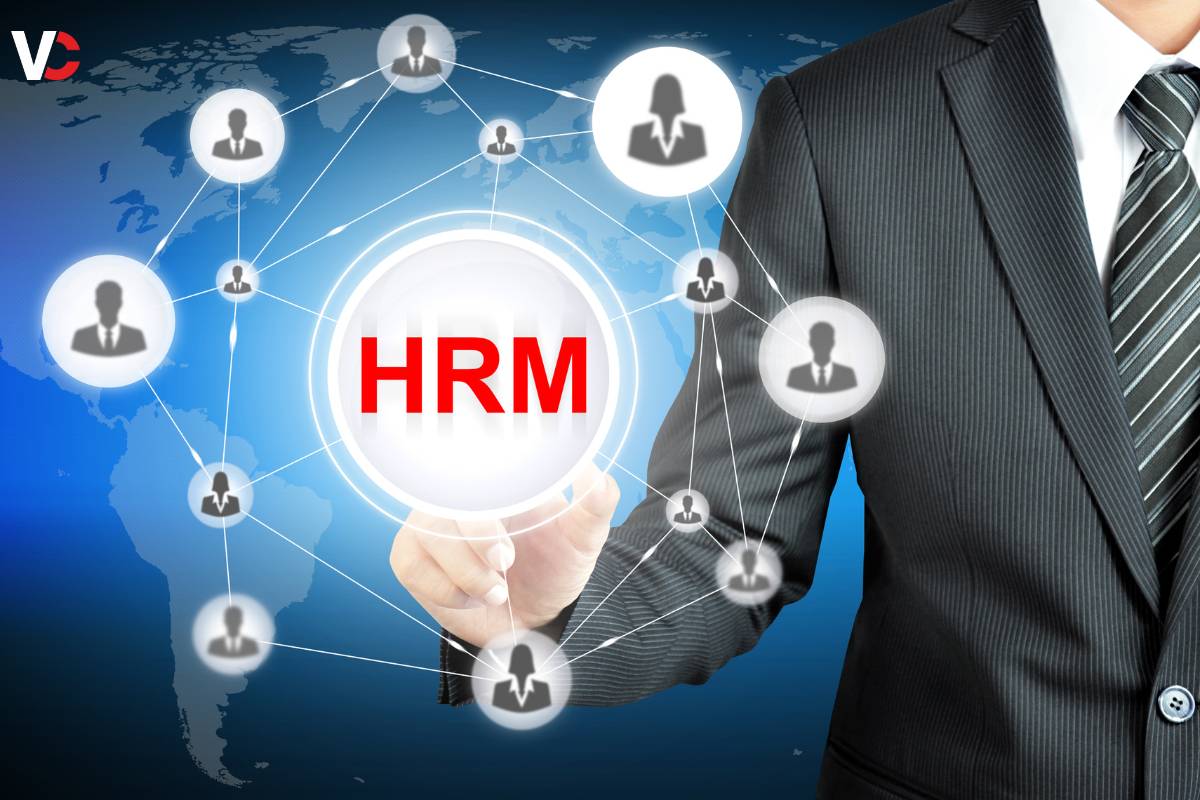In today’s dynamic business landscape, where competition is fierce and markets are constantly evolving, organizations are increasingly recognizing the pivotal role of strategic human resource management (SHRM) in achieving sustainable growth and maintaining a competitive edge. Strategic human resource management involves aligning HR practices with the strategic objectives of the organization to optimize employee performance, foster innovation, and drive organizational success. In this blog post, we delve into the essence of strategic human resource management, its key components, and its significance in the contemporary business environment.
Understanding Strategic Human Resource Management
At its core, strategic human resource management is about viewing employees as valuable assets and leveraging their skills, knowledge, and abilities to achieve organizational goals. Unlike traditional HR management, which focuses primarily on administrative tasks such as payroll and compliance, SHRM takes a proactive and holistic approach to managing human capital. It involves the integration of HR policies and practices with the overarching strategic goals of the organization, thereby contributing to long-term success and sustainability.
Key Components of Strategic Human Resource Management
1. Alignment with Organizational Objectives

Strategic human resource management begins with a thorough understanding of the organization’s mission, vision, and strategic priorities. HR strategies and initiatives are then developed in alignment with these objectives to ensure that every HR activity contributes to the achievement of broader organizational goals.
2. Talent Acquisition and Retention
One of the fundamental pillars of SHRM is the strategic acquisition and retention of top talent. This involves not only recruiting individuals with the right skills and experience but also fostering a work environment that encourages employee engagement, satisfaction, and loyalty. By attracting and retaining high-performing employees, organizations can build a competitive advantage and drive innovation.
3. Training and Development
Strategic HRM emphasizes the continuous development of employees through training programs, skill-building initiatives, and career development opportunities. By investing in employee growth and professional development, organizations can enhance their capabilities, adapt to changing market demands, and stay ahead of the competition.
4. Performance Management
Effective performance management is crucial for aligning individual goals with organizational objectives and ensuring accountability and transparency. Strategic HRM involves establishing clear performance expectations, providing regular feedback and coaching, and rewarding employees for their contributions to organizational success.
5. Succession Planning and Leadership Development
SHRM also encompasses succession planning and leadership development strategies to ensure a pipeline of skilled leaders who can drive organizational growth and innovation in the long run. By identifying and nurturing future leaders from within the organization, companies can mitigate risks associated with leadership transitions and sustain their competitive advantage.
6. Employee Well-being and Work-Life Balance
In addition to focusing on performance and productivity, strategic HRM prioritizes the well-being and work-life balance of employees. This involves implementing policies and programs that support physical and mental health, promote work-life balance, and foster a positive organizational culture. By caring for the holistic needs of employees, organizations can enhance satisfaction, reduce burnout, and improve overall morale and productivity.
Significance of Strategic Human Resource Management

1. Enhanced Organizational Performance
Organizations that adopt strategic human resource management practices tend to outperform their competitors in terms of productivity, profitability, and employee satisfaction. By aligning HR practices with business objectives, companies can optimize the use of human capital and create a high-performance culture conducive to innovation and growth.
2. Adaptability and Resilience
In today’s rapidly changing business environment, organizations must be agile and adaptable to stay ahead of the curve. Strategic Human Resource Management enables companies to anticipate and respond effectively to changes in the market, technology, and regulatory landscape by aligning talent strategies with emerging opportunities and challenges.
3. Employee Engagement and Retention
Strategic human resource management fosters a culture of engagement, empowerment, and accountability, which are essential for attracting and retaining top talent. Engaged employees are more committed to the organization’s goals, more productive in their roles, and less likely to seek opportunities elsewhere, reducing turnover costs and preserving institutional knowledge.
4. Innovation and Creativity
By nurturing a diverse and inclusive workforce and providing opportunities for collaboration and knowledge sharing, strategic HRM fuels innovation and creativity within the organization. When employees feel valued, respected, and supported, they are more likely to contribute new ideas, challenge the status quo, and drive continuous improvement.
5. Risk Mitigation and Compliance
Strategic HRM helps organizations mitigate risks related to compliance, legal issues, and workforce management by implementing robust policies, procedures, and controls. By staying abreast of changes in labor laws, regulations, and industry standards, HR professionals can proactively address potential issues and ensure compliance with applicable requirements.
6. Global Talent Management

In an increasingly interconnected world, strategic HRM also encompasses global talent management strategies to attract, retain, and develop a diverse workforce across geographical boundaries. This includes understanding cultural nuances, managing virtual teams, and leveraging technology to facilitate communication and collaboration among employees located in different parts of the world. By embracing diversity and inclusivity on a global scale, organizations can tap into a broader talent pool, drive innovation, and gain a competitive advantage in the international marketplace.
Conclusion
In conclusion, strategic human resource management is a cornerstone of organizational success in today’s competitive business environment. By aligning HR practices with strategic objectives, fostering a culture of engagement and innovation, and investing in talent development and succession planning, organizations can enhance their performance, resilience, and long-term sustainability. As the workforce continues to evolve and the business landscape becomes increasingly complex, strategic HRM will remain essential for unlocking the full potential of human capital and driving organizational excellence. Embracing strategic human resource management is not just a competitive advantage; it’s a strategic imperative for success in the 21st century.


















